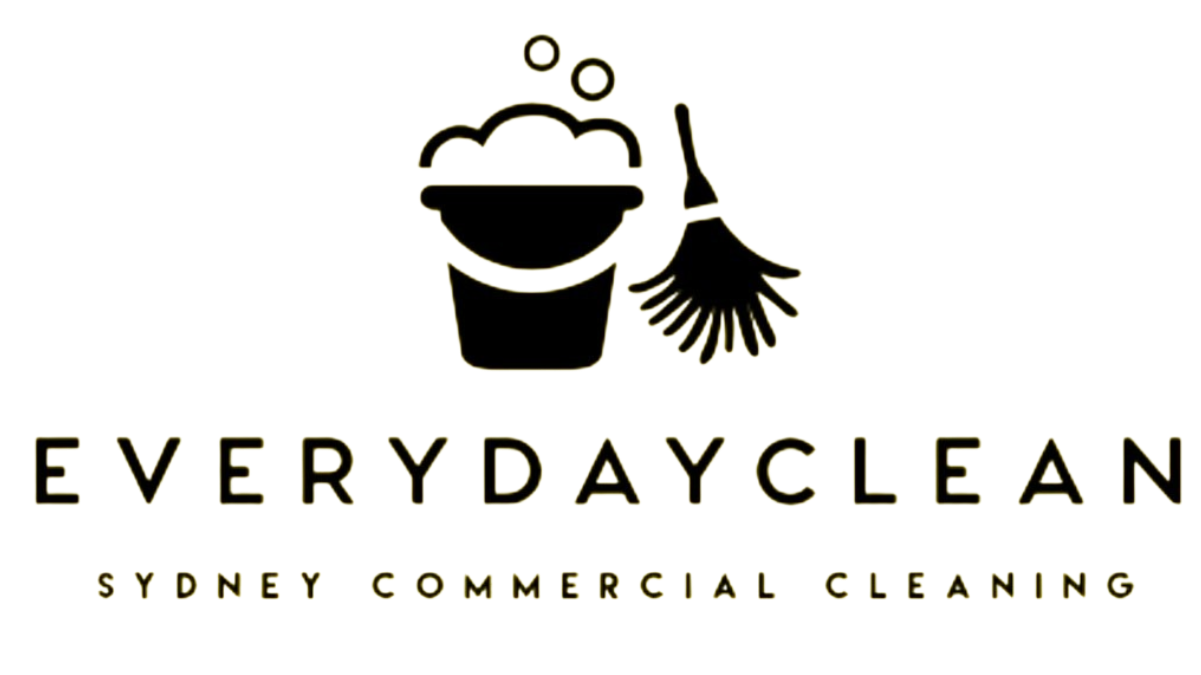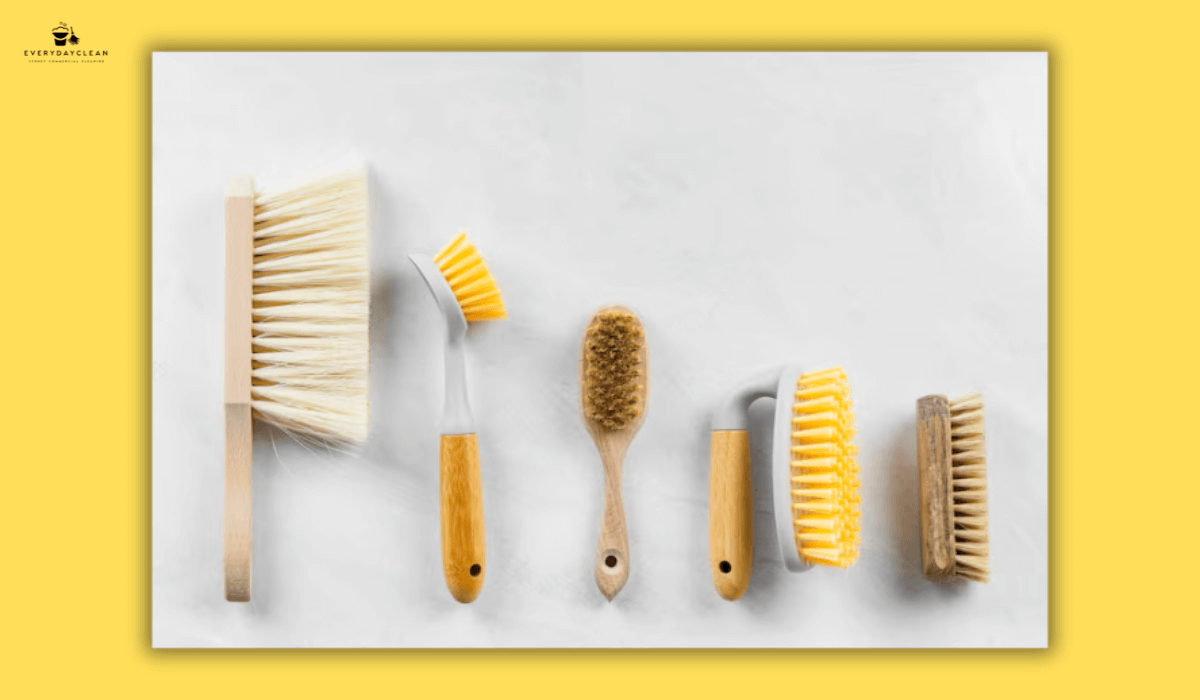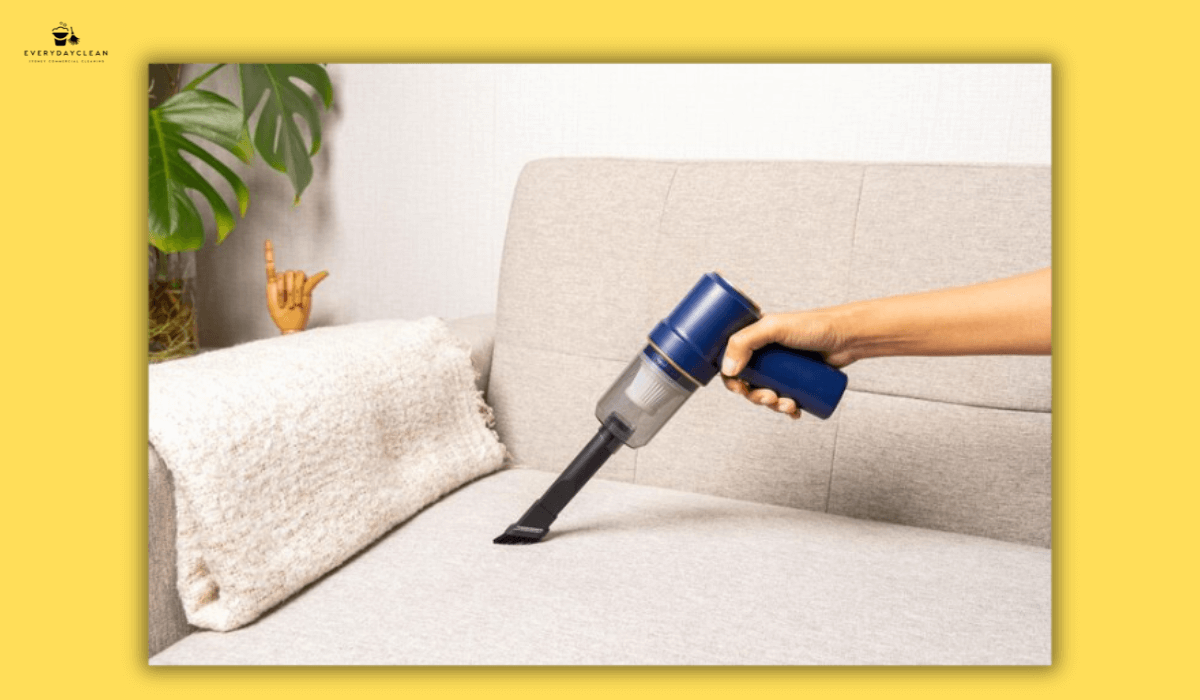12 Window Cleaning Tips for Clear, Streak-Free Glass
Window cleaning tips that consistently prevent streaks focus on using the right solution, tools and timing. The most reliable method starts by removing loose dirt, pre-rinsing the glass and applying a mix of white vinegar and distilled water, with a small amount of dish soap for heavy grime. Microfiber cloths and a squeegee help lift residue cleanly, while drying the glass in smooth, overlapping motions prevents haze or marks. Cleaning windows when they are cool and out of direct sunlight gives the solution enough time to break down film before drying, producing a clearer, longer-lasting finish across both interior and exterior glass.
To expand on this core method, the checklist below explains the most effective techniques and cleaning decisions used by both homeowners and commercial cleaning professionals. Many facilities also rely on established providers such as Everyday Clean for consistent, high-standard results.
Top 12 window cleaning tips for streak-free results
1. Clean frames, tracks and sills before touching the glass
Clean windows always start with clean surroundings. Tracks, sills and frames collect dust, debris, pet hair and insects that slide onto glass the moment liquid touches them. Begin by vacuuming the tracks using a narrow tool to remove loose particles. Apply a mild detergent solution, scrub corners with an old toothbrush or detailing brush and wipe everything dry. Then clean the frame so no dirty runoff spreads across the glass during the main process. This first step prevents contamination, reduces streaking and builds a strong foundation for a consistent, professional-quality finish.
2. Choose cool, shaded conditions for cleaning
Lighting and temperature impact how well windows dry. If glass is exposed to direct sunlight, the cleaning solution evaporates before you can squeegee it off, leaving streaks, drag marks and patchy film. Clean windows early in the morning, later in the afternoon or during cloudy weather when the glass is cool. For interior windows, switch off bright overhead lighting and stand at different angles to see smudges clearly. This approach reduces streaking, gives the cleaning solution enough dwell time and results in a more even, polished finish across all surfaces.
3. Use microfiber cloths and a high-quality squeegee
The two most effective tools for streak-free glass are microfiber cloths and a professional-grade squeegee. Microfiber traps fine particles without leaving behind lint. A proper squeegee lifts water and solution from the surface in a single, uninterrupted motion. Avoid paper towels and old shirts, which smear and shed fibres. After each pass with the squeegee, wipe the rubber blade with a dry microfiber cloth so excess moisture doesn’t streak. Quality rubber and proper technique matter more than any chemical product, making these tools essential for clear, consistent results.
4. Mix a simple vinegar-and-water cleaning solution
A basic solution produces the cleanest results. Combine equal parts white vinegar and distilled water. The vinegar cuts through fingerprints, film, and minerals, while the distilled water minimises spotting. For greasy or heavily soiled windows, add a small amount of dish soap to improve cleaning power. Avoid harsh ammonia-based cleaners, especially on tinted or coated windows, as they can damage surfaces. This formula spreads evenly, dries cleanly, and provides a reliable foundation for streak-free finishes without unnecessary chemical residue.
5. Follow a structured interior cleaning method
Interior windows respond best to a clear, predictable sequence. Start by wetting the glass with a microfiber sleeve dipped in your cleaning solution. Scrub in overlapping motions to loosen dirt across the entire surface. Place the squeegee at the top corner and pull it down or across in smooth, steady strokes. Overlap each stroke slightly to prevent line marks. After each pass, clean the squeegee blade with a microfiber cloth. Finish by drying edges and corners, where water naturally pools. This method prevents drips, reduces streaks, and ensures a consistent finish.
6. Pre-rinse exterior windows to remove grit
Outdoor glass carries dust, salt spray, pollen, and airborne pollutants that scratch easily if scrubbed dry. Before applying any cleaning solution, gently pre-rinse the window using a hose or bucket of water. Rinsing removes debris that would otherwise create drag marks during scrubbing. After rinsing, apply your cleaning solution with a microfiber sleeve or soft brush and follow with the squeegee. Exterior windows tend to hold more film, so taking time to pre-rinse significantly improves clarity and reduces the risk of scratches.
7. Use telescopic poles or water-fed poles for high windows
High windows are best cleaned safely from the ground. Telescopic poles allow you to apply cleaning solution, scrub, and squeegee without climbing ladders. For higher or difficult-to-access glass, especially on commercial buildings, water-fed poles with purified water are ideal. They scrub the surface and rinse away debris without leaving mineral spots, eliminating the need for squeegeeing. When windows sit beyond safe reach or require height-safety equipment, a trained commercial cleaner should handle the job to avoid falls and maintain compliance with workplace standards.

8. Maintain consistent squeegee technique
Technique determines clarity. Keep the squeegee angled so water moves downward rather than sideways onto cleaned areas. Each stroke should overlap the previous one by a small margin to eliminate lines. Before your final stroke, create a dry edge along the top or side using a microfiber cloth; this prevents runoff from dragging across the glass. Clean the squeegee blade frequently to avoid streaks caused by excess moisture. Practising a consistent method creates predictable, professional-level results with minimal effort.
9. Treat stubborn stains and hard-water spots first
Hard-water spots, limescale and sticky residue require targeted treatment before a full clean. Apply white vinegar to mild deposits and let it sit briefly. For tougher stains, use a glass-safe descaler or cerium oxide-based polish. Work in slow, controlled motions to avoid scratching the surface. Avoid abrasive scouring pads on any glass, especially tinted or coated windows. Once stains are removed, proceed with the normal cleaning process. This approach prevents streaks caused by uneven residue and restores clarity across the entire pane.
10. Avoid common mistakes that cause streaks
Small errors create the biggest problems. Avoid using too much detergent, which causes foaming that is difficult to remove cleanly. Do not use paper towels, which leave lint and smears. Never clean in direct sunlight, which dries the solution prematurely. Keep microfiber cloths clean—dirty cloths reapply residue back onto the glass. Always wipe the squeegee blade between strokes. By eliminating these simple mistakes, you significantly increase the chance of producing consistent, streak-free results with less effort.
11. Use low-tox, safe cleaning practices for homes and workplaces
Eco-friendly cleaning practices are now preferred in family homes, childcare centres, offices and medical environments. Use mild detergents, vinegar solutions and distilled water for low-residue cleaning. These products reduce indoor chemical exposure and provide enough cleaning power when paired with proper technique. Keep pets and children away from the area until surfaces are fully dry. In commercial settings, ensure cleaning products align with workplace health and safety requirements. Low-tox methods support cleaner air, healthier environments and sustainable routines without compromising results.
12. Call a professional when windows exceed safe reach
Some cleaning scenarios require professional equipment and experience. High windows, skylights, atriums, large commercial façades and restricted-opening windows are safer handled by trained cleaners using height-safety systems and water-fed poles. Professional services ensure compliance, reduce risk and deliver streak-free clarity across large or complex buildings. For facilities that need consistent results, dedicated services like
Window Cleaning
deliver professional-quality outcomes across commercial and residential properties.

FAQs about window cleaning tips
Before exploring individual questions, it helps to recognise why these topics matter. These are the most commonly searched window-cleaning issues, reflecting real user intent: streak prevention, technique improvement, safety and troubleshooting.
How to clean windows without streaks?
Streak-free window cleaning starts with using the correct solution and tools. A combination of vinegar and distilled water spreads evenly and evaporates cleanly. Dish soap can be added for heavy grime, but use only a small amount to avoid foaming. Apply the solution using a microfiber cloth or washer, then remove it with a squeegee in smooth, overlapping strokes. Wipe the squeegee blade after each pass so residue does not transfer back onto the glass. Clean windows when they are cool and shaded to prevent premature drying. Finish by detailing edges with a dry microfiber cloth to remove any remaining moisture.
What is the best way to wash windows professionally?
Professional window cleaning follows a strict process that ensures clarity and speed. Cleaners start by preparing the surrounding area, removing dust and ensuring tracks and frames are clean. They then scrub the glass with a microfiber sleeve dipped in a low-foaming solution. A high-quality squeegee removes water in controlled, overlapping strokes. If needed, a glass-safe scraper removes paint or stuck debris. Professionals avoid cleaning in direct sunlight and use purified water for high windows to eliminate mineral spotting. This structured method achieves uniform clarity and minimises the need for correction or rework.
What equipment is needed for window cleaning?
A reliable window cleaning kit includes a bucket, microfiber cloths, a washer sleeve, a professional squeegee and a safe scraper for removing stubborn residue. Distilled water and a vinegar-based solution produce clean, streak-free evaporation. Telescopic poles allow safe cleaning of high windows without ladders. Commercial cleaners may use water-fed poles with purified water for multi-storey buildings. The key is choosing tools that leave no lint, maintain even pressure on the glass and allow smooth water removal. Here is a helpful guide to professional window cleaning equipment.
How to remove hard water stains from windows?
Hard-water stains appear as cloudy, chalky spots where mineral-rich water has dried. Mild stains respond well to white vinegar applied directly onto the area. Allow it to sit before gently scrubbing. For more stubborn deposits, use a glass-safe descaler or a small amount of cerium oxide polish. Apply with a soft cloth using slow, controlled motions. Avoid abrasive pads or strong chemicals that could scratch or damage coatings. Once the stain is lifted, rinse the glass and complete a full cleaning cycle. Prevent future buildup by adjusting sprinklers and cleaning exposed windows more frequently.
How often should home windows be washed?
Most homes benefit from interior window cleaning every two to three months, while exterior windows should be washed at least twice a year. Homes in coastal, high-traffic or construction-heavy areas require more frequent cleaning because of salt, dust and pollution. Families with young children or pets may notice smudges more often and need quick touch-ups between full cleans. Seasonal routines—such as cleaning in spring and again before summer events—help maintain clarity and prevent buildup. Consistency is key, as regular cleaning prevents grime from becoming harder to remove over time.
How to use a squeegee correctly for windows?
An effective squeegee technique begins with a fully wet glass. Start at the top corner and draw the squeegee across or downward in long, steady strokes. Each stroke should overlap the last to avoid leaving lines. Hold the squeegee at a slight angle so water flows toward the direction you’re moving. Clean the rubber blade after each pass with a microfiber cloth. Create a dry edge along the top or side before your final stroke to prevent streaks. This process removes solution evenly, reduces residue and leaves a clear finish that looks professionally cleaned.
When Everyday Clean is the right choice
For Sydney offices, gyms, schools, childcare centres and commercial buildings, window clarity affects safety, natural light and the overall look of the environment. Everyday Clean provides professional window cleaning using safe access methods, purified-water systems, eco-friendly solutions and trained technicians. Regular window cleaning can be integrated into ongoing cleaning schedules, helping facilities maintain consistent presentation and meet workplace health and safety standards.
Everyday Clean Content Team
Everyday Clean is Sydney’s trusted provider of commercial cleaning solutions, including schools, offices, gyms and childcare centres. The team uses advanced, eco-friendly equipment to deliver safe, compliant and spotless results across all facilities. With deep experience in the education sector, Everyday Clean helps schools maintain hygienic, student-ready environments that staff and families rely on every day.



